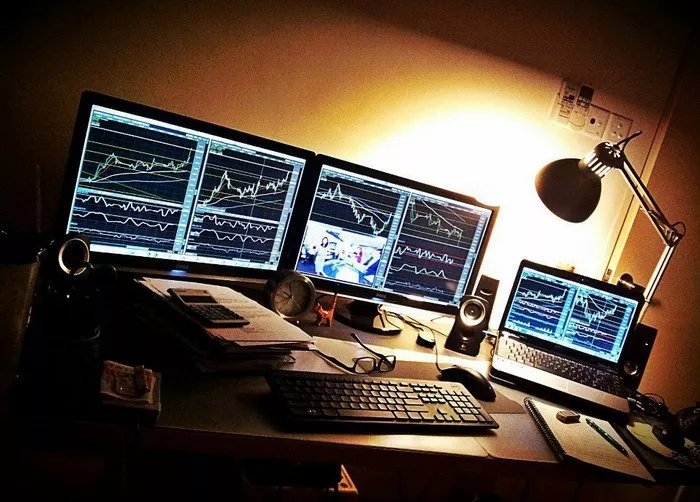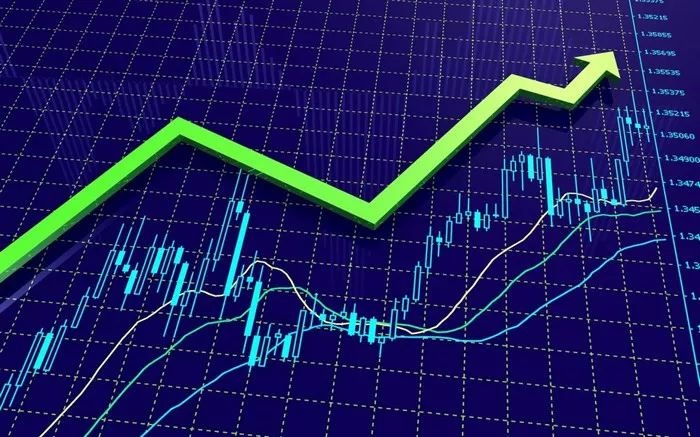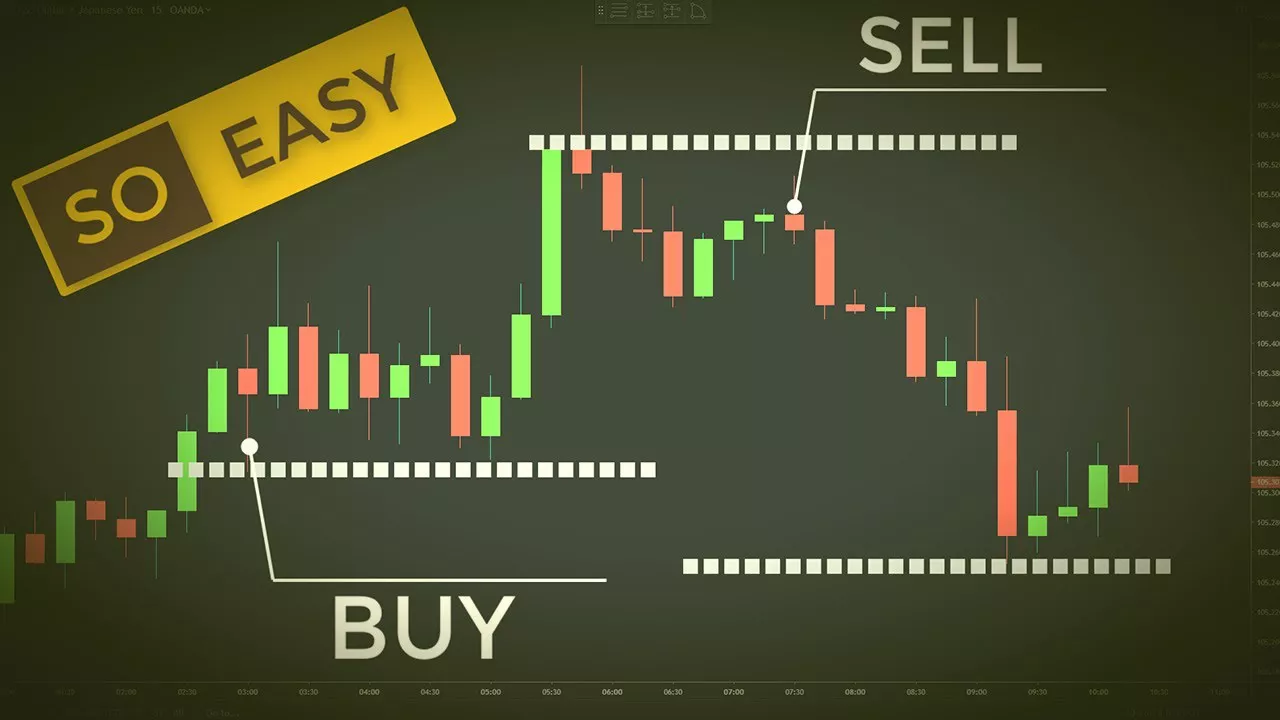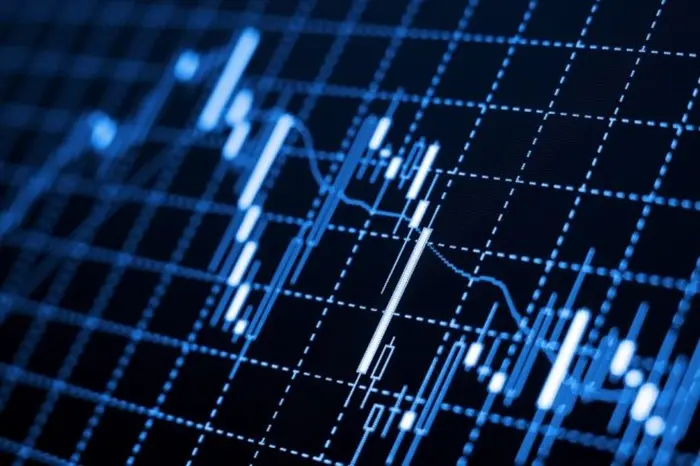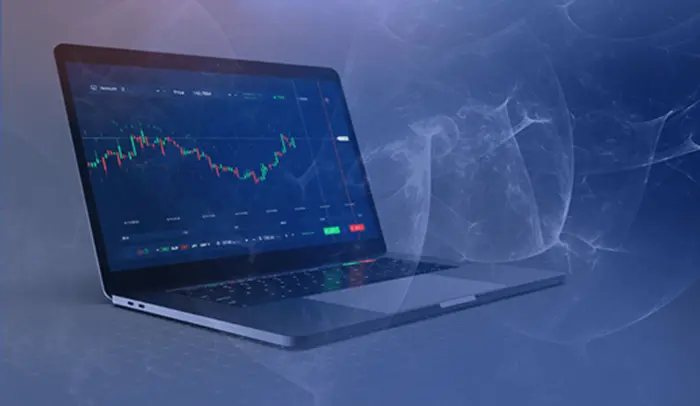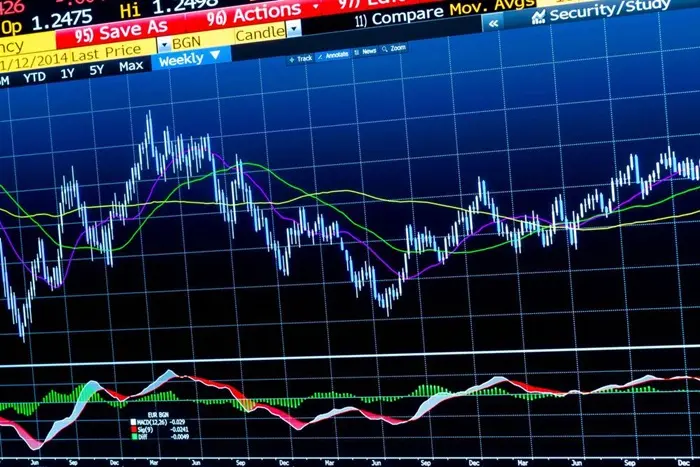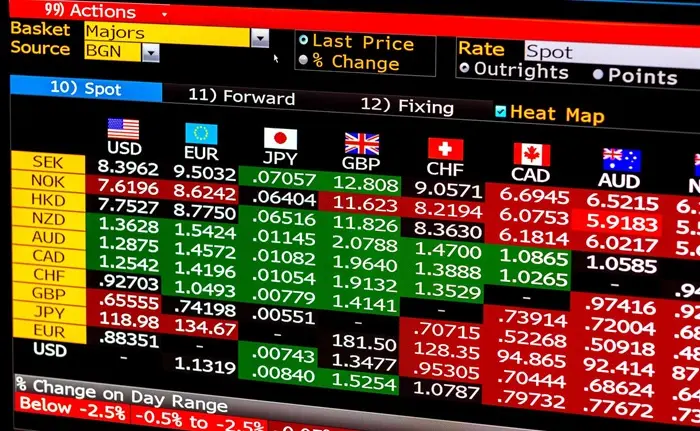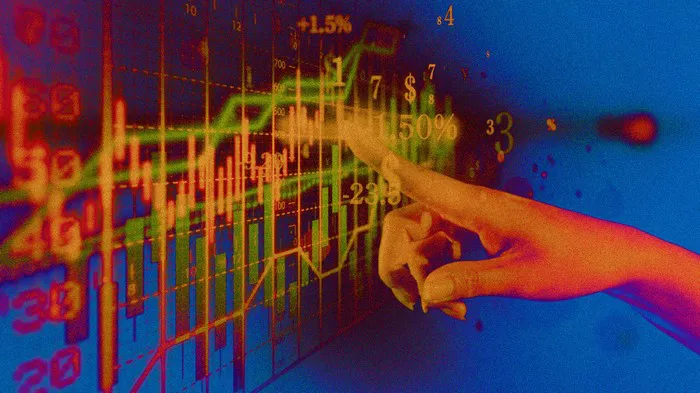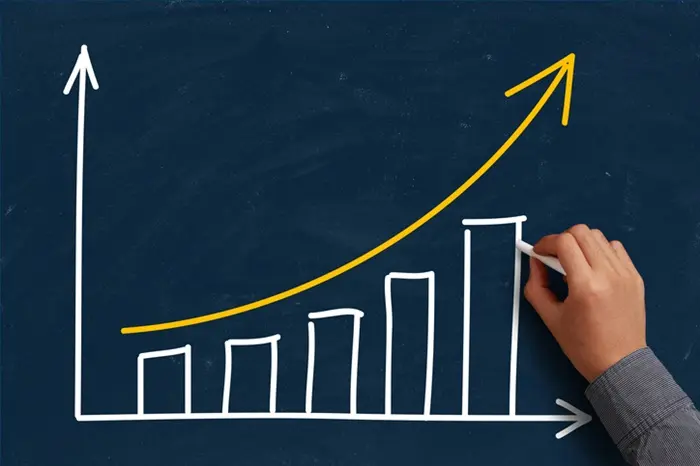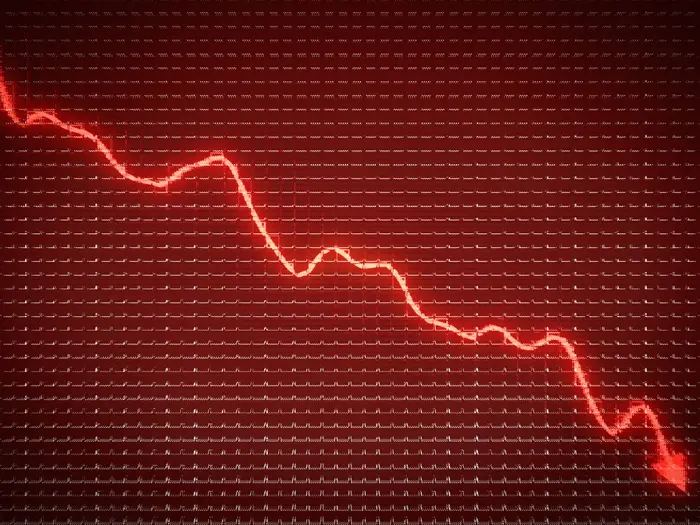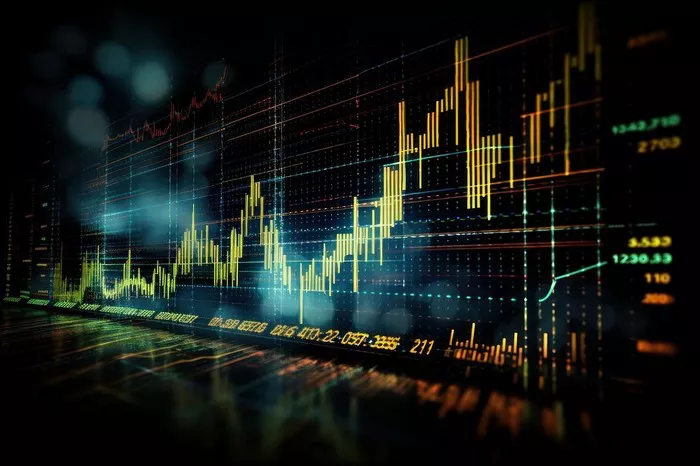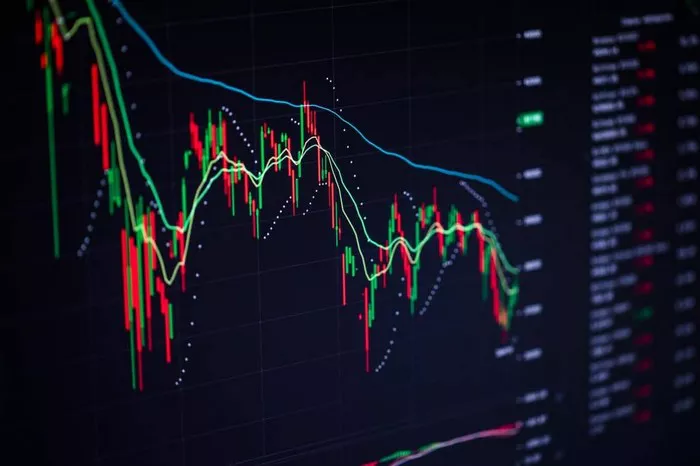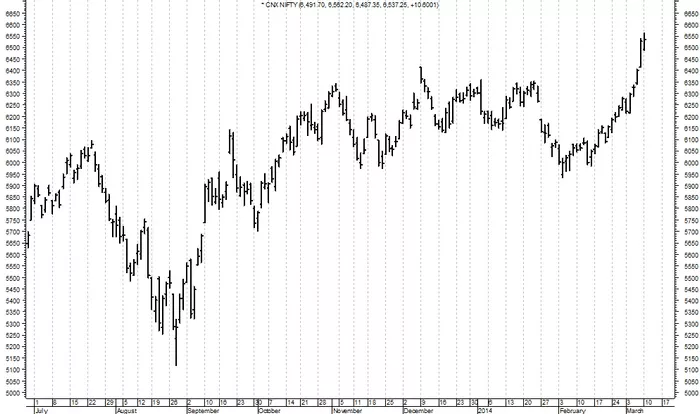The foreign exchange (Forex or FX) market is the largest and most liquid financial market in the world, with a daily trading volume exceeding $6 trillion. Among the many currency pairs traded on this market, EUR/USD (Euro/US Dollar) is by far the most popular and widely traded. Traders and investors closely monitor EUR/USD volatility to gauge market conditions and to make informed trading decisions.
Volatility refers to the degree of variation in the price of a currency pair over time. The more volatile a currency pair is, the greater the potential for profit (or loss). Understanding when EUR/USD is most volatile is crucial for traders who seek to capitalize on price movements. This article provides insights into the times when EUR/USD experiences the most volatility and factors that influence these fluctuations.
Understanding EUR/USD Volatility
EUR/USD volatility refers to the fluctuations in the exchange rate between the Euro and the US Dollar. A volatile market implies larger and more rapid price swings within a specific period, creating opportunities and risks for traders. The main goal for traders in such a market is to profit from the frequent and sometimes large price changes.
Factors Influencing EUR/USD Volatility
Before exploring the specific times of volatility, it’s important to understand the factors that influence EUR/USD price fluctuations. These factors include:
Economic Data Releases: Reports such as GDP, inflation, unemployment rates, and manufacturing data from the Eurozone and the United States can have significant impacts on EUR/USD. For example, a positive employment report from the US may strengthen the Dollar, leading to downward pressure on EUR/USD.
Central Bank Policies: Interest rate decisions, monetary policies, and speeches from the European Central Bank (ECB) and the Federal Reserve (Fed) are major drivers of volatility. When these institutions make policy changes or release forward guidance, it can cause significant price movements in EUR/USD.
Geopolitical Events: Political instability, global crises, and major geopolitical developments often lead to uncertainty and volatility in the currency markets. For example, a surprise election result in Europe or the US can trigger sharp movements in EUR/USD.
Market Sentiment: Risk appetite or aversion plays a key role in determining EUR/USD volatility. During periods of market optimism, investors may flock to riskier assets, including the Euro. Conversely, during periods of economic uncertainty, the US Dollar is seen as a safe-haven asset, causing the EUR/USD pair to decline.
When is EUR/USD Most Volatile?
Now that we have a better understanding of the factors affecting EUR/USD volatility, let’s explore the specific times of day when this currency pair is most volatile. Volatility in the forex market varies depending on the time of day due to market open hours and the overlap of different trading sessions.
Key Forex Trading Sessions
The Forex market operates 24 hours a day, five days a week, as it follows the global trading hours across major financial hubs. These hubs are located in key cities: Sydney, Tokyo, London, and New York.
There are four primary trading sessions in the Forex market:
Asian Session (Tokyo) – Opens at 00:00 GMT and closes at 09:00 GMT
European Session (London) – Opens at 07:00 GMT and closes at 16:00 GMT
US Session (New York) – Opens at 13:00 GMT and closes at 22:00 GMT
Overlapping Session (London/New York) – Opens at 13:00 GMT and closes at 16:00 GMT
1. The London Session
The London session is considered the most volatile and liquid of all trading sessions. It is also the most significant for EUR/USD traders.
Why is the London session important? The London Forex market is the largest and most active, with over 30% of global Forex trading volume taking place during this time. The European Central Bank’s policies and reports also impact the Euro, making the London session crucial for EUR/USD price movements.
Peak Volatility Time: The most volatile period within the London session typically occurs between 07:00 and 09:00 GMT when the European markets open. As traders react to overnight news and prepare for the day’s economic releases, volatility in EUR/USD tends to rise.
2. The New York Session
The New York session is another key period for EUR/USD traders. It overlaps with the final few hours of the London session, which tends to produce the highest levels of market activity.
Why is the New York session important? The US Dollar is one of the two currencies in the EUR/USD pair, and major economic reports from the United States are released during the New York session. These reports include Non-Farm Payrolls, the Consumer Price Index (CPI), and retail sales data, all of which can significantly move the EUR/USD price.
Peak Volatility Time: Volatility tends to pick up between 13:00 and 16:00 GMT, when both the London and New York sessions are active. This is known as the “overlap” period, where liquidity and trading volume are highest. This period is characterized by large price swings and increased volatility, making it the most favorable time for many traders.
3. The Overlap (London/New York)
The overlap of the London and New York sessions, between 13:00 and 16:00 GMT, is widely considered the most volatile period for EUR/USD. During this time, traders from both the European and US markets are active, leading to substantial price movements.
Why is the overlap important? When these two major markets overlap, liquidity increases, which can cause increased volatility in EUR/USD. Additionally, this is when the majority of economic data is released from both the Eurozone and the US, creating catalysts for major price swings.
Peak Volatility Time: The overlap period sees the highest trading volume, resulting in substantial volatility for EUR/USD. This is the best time for intraday traders who aim to profit from short-term price movements. As the New York session progresses, the volatility in EUR/USD often increases further due to the release of US economic data.
4. The Asian Session
While the Asian session is quieter than the London and New York sessions, it still plays an important role in shaping EUR/USD volatility, especially during certain events.
Why is the Asian session important? The Asian session sees a lot of trading activity from the Japanese Yen and Australian Dollar, but it is quieter for the Euro and US Dollar. However, certain events, such as the release of economic data from China or Japan, can affect global market sentiment and influence EUR/USD volatility.
Peak Volatility Time: While the Asian session is generally less volatile than other sessions, significant price movements can still occur if key data releases or geopolitical events take place in the early hours of the session. Volatility tends to increase slightly around the opening of the European session at 07:00 GMT.
Key Times When EUR/USD is Most Volatile
1. During Major Economic Data Releases
Key economic reports from both the Eurozone and the US have a direct impact on EUR/USD volatility. Some of the most significant data releases include:
European Central Bank (ECB) Rate Decisions: These events can lead to massive price swings in EUR/USD.
US Non-Farm Payrolls (NFP): This US employment report often causes sharp movements in EUR/USD as it gives insight into the health of the US economy.
US Federal Reserve Policy Announcements: These can cause significant volatility in EUR/USD, especially if the Fed changes its stance on interest rates.
2. During Market Open and Close Times
As discussed, the market is most volatile during the opening and closing hours of major trading sessions. For EUR/USD, the London session opening between 07:00 and 09:00 GMT and the overlap period between 13:00 and 16:00 GMT offer the highest volatility.
Conclusion
Understanding when EUR/USD is most volatile is essential for traders who want to take advantage of price movements in the Forex market. Volatility is higher during the London and New York sessions, particularly during the overlap between 13:00 and 16:00 GMT. Major economic data releases from the Eurozone and the US also drive volatility in the pair. By timing their trades around these periods of high volatility, traders can potentially maximize their profit opportunities in the EUR/USD market.
Whether you are an experienced trader or a beginner, understanding the best times to trade EUR/USD based on volatility can give you a significant advantage. Stay informed, monitor economic calendars, and always use proper risk management to navigate the volatile landscape of the Forex market.
Related topics:

